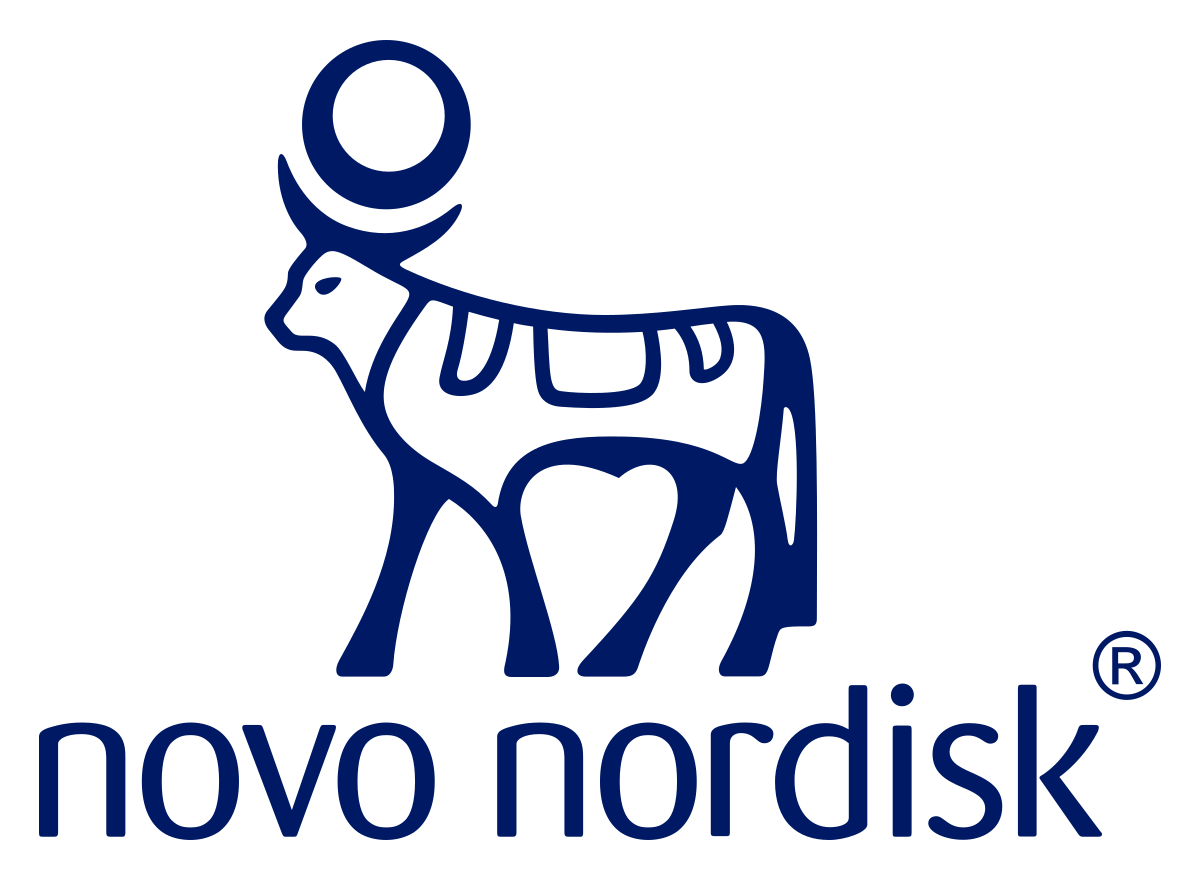预约演示
更新于:2025-05-07
NMUR2
更新于:2025-05-07
基本信息
别名 G-protein coupled receptor FM-4、G-protein coupled receptor TGR-1、neuromedin U receptor 2 + [5] |
简介 Receptor for the neuromedin-U and neuromedin-S neuropeptides. |
关联
4
项与 NMUR2 相关的药物作用机制 BGT1抑制剂 [+2] |
在研机构 |
原研机构 |
非在研适应症- |
最高研发阶段临床前 |
首次获批国家/地区- |
首次获批日期1800-01-20 |
靶点 |
作用机制 NMUR2 激动剂 |
在研适应症 |
非在研适应症- |
最高研发阶段临床前 |
首次获批国家/地区- |
首次获批日期1800-01-20 |
靶点 |
作用机制 NMUR2 激动剂 |
在研机构- |
在研适应症- |
非在研适应症 |
最高研发阶段无进展 |
首次获批国家/地区- |
首次获批日期1800-01-20 |
100 项与 NMUR2 相关的临床结果
登录后查看更多信息
100 项与 NMUR2 相关的转化医学
登录后查看更多信息
0 项与 NMUR2 相关的专利(医药)
登录后查看更多信息
173
项与 NMUR2 相关的文献(医药)2025-06-01·Neuropsychopharmacology Reports
Candidate Anxiety‐Related Genes in the Hippocampus of Hatano Male Rats: Anxiolytic Action of Neuromedin U in the Hippocampus
Article
作者: Ishii, Atsuhiro ; Ohta, Ryo ; Chiba, Shuichi ; Sato, Kaito ; Kawaguchi, Maiko ; Matsuwaki, Takashi ; Moriya, Shogo ; Hatakeyama, Taichi ; Parhar, Ishwar ; Soga, Tomoko ; Kobayashi, Shohei ; Watanabe, Gen
2025-02-01·Neurochemistry International
VNS facilitates the neurological function recovery after ischemia/reperfusion injury by regulating the A1/A2 polarization of astrocytes through the NMU-NMUR2 pathway
Article
作者: Tang, Hao ; Li, Sheng ; Li, Changqing ; Zhang, Lina ; Liu, Gang ; Jiang, Xia ; Zhang, Renzi ; Yang, Wendi
2025-01-01·Ophthalmology
Genome-Wide and Rare Variant Association Studies of Amblyopia in the All of Us Research Program
Article
作者: Oke, Isdin ; Jain, Ashish ; Aboobakar, Inas F ; Jin, Kimberly ; Tesdahl, Corey D ; Whitman, Mary C ; Lee, Kyoung A Viola
分析
对领域进行一次全面的分析。
登录
或

生物医药百科问答
全新生物医药AI Agent 覆盖科研全链路,让突破性发现快人一步
立即开始免费试用!
智慧芽新药情报库是智慧芽专为生命科学人士构建的基于AI的创新药情报平台,助您全方位提升您的研发与决策效率。
立即开始数据试用!
智慧芽新药库数据也通过智慧芽数据服务平台,以API或者数据包形式对外开放,助您更加充分利用智慧芽新药情报信息。
生物序列数据库
生物药研发创新
免费使用
化学结构数据库
小分子化药研发创新
免费使用

